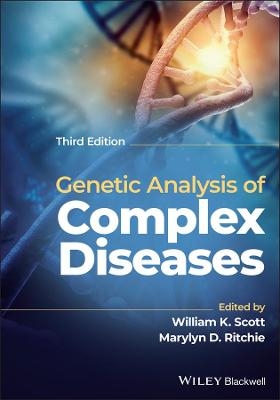
DNA Repair and Recombination
Springer (Verlag)
978-94-010-4239-0 (ISBN)
1 RecA protein mediates homologous recognition via non-Watson—Crick bonds in base triplets.- 2 The initiation and control of homologous recombination in Escherichia coli.- 3 Formation, translocation and resolution of Holliday junctions during homologous genetic recombination.- 4 Structure of the four-way DNA junction and its interaction with proteins.- 5 Site-specific recombination and circular chromosome segregation.- 6 Steps along the pathway of V(D)J recombination.- 7 Regulation and mechanisms of gene amplification.- 8 Enzymes acting at strand interruptions in DNA.- 9 Nucleotide excision repair in the yeast Saccharomyces cerevisiae: its relationship to specialized mitotic recombination and RNA polymerase II basal transcription.- 10 Proteins that participate in nucleotide excision repair of DNA in mammalian cells.- 11 Nucleotide excision repair syndromes: molecular basis and clinical symptoms.- 12 On the regulation of the p53 tumour suppressor, and its role in the cellular response to DNA damage.- 13 Mismatch repair, genetic stability and tumour avoidance.- 14 Editing DNA replication and recombination by mismatch repair: from bacterial genetics to mechanisms of predisposition to cancer in humans.
...the whole book which provides an excellent starting point for anyone interested in these topics. - Heredity
| Zusatzinfo | XIII, 103 p. |
|---|---|
| Verlagsort | Dordrecht |
| Sprache | englisch |
| Maße | 210 x 297 mm |
| Themenwelt | Medizin / Pharmazie ► Medizinische Fachgebiete |
| Studium ► 2. Studienabschnitt (Klinik) ► Humangenetik | |
| Naturwissenschaften ► Biologie ► Zoologie | |
| ISBN-10 | 94-010-4239-X / 940104239X |
| ISBN-13 | 978-94-010-4239-0 / 9789401042390 |
| Zustand | Neuware |
| Haben Sie eine Frage zum Produkt? |
aus dem Bereich


